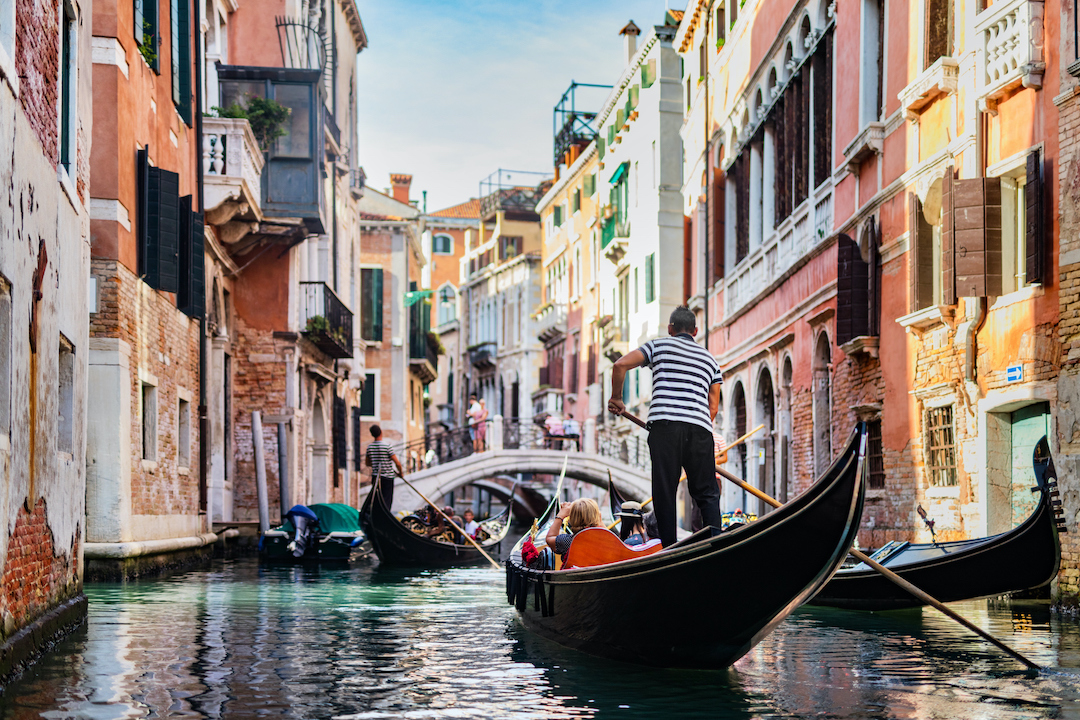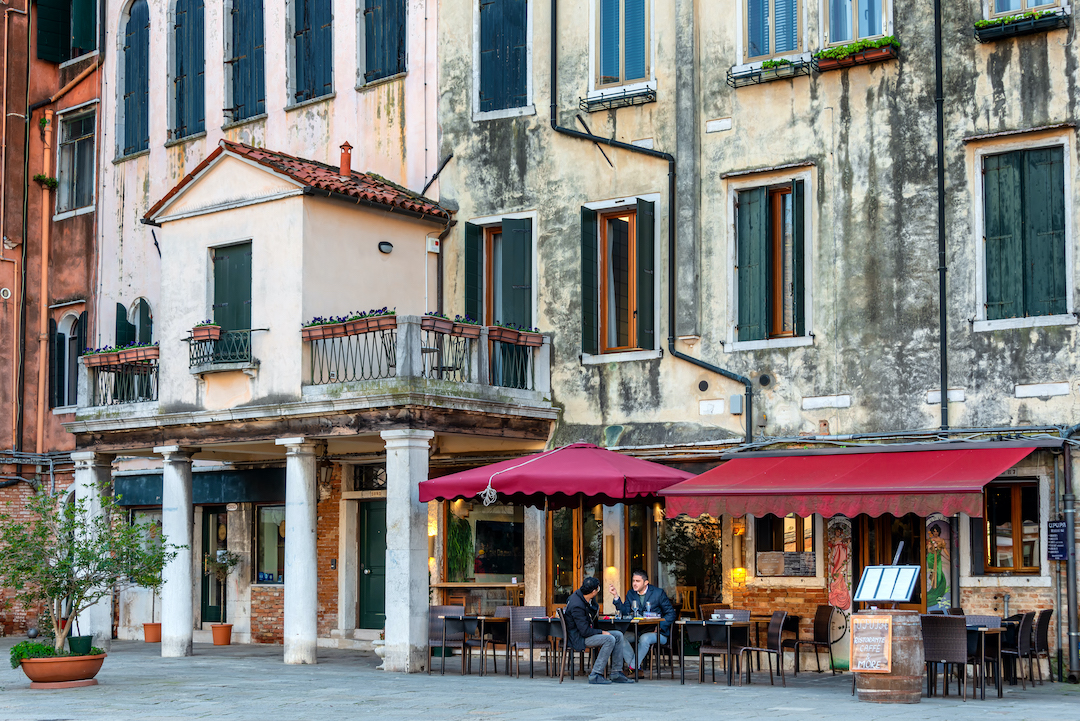
The first time I truly felt Venice, it wasn’t summer. It wasn’t even spring. It was a foggy morning in mid-January, the kind that slips through your coat and rests on your skin like a cool whisper. The tourists had mostly vanished, the cafés weren’t crowded, and the canals flowed undisturbed, cloaked in silence. I was sitting at a small café tucked behind Campo San Polo, warming my hands around a cup of espresso so rich it clung to the sides long after the last sip. The gondolas floated by like ghosts of the past, their gondoliers humming softly to themselves as if to keep the city’s heartbeat alive.
In Venice, gondolas have long been more than boats—they’ve been lifelines, storytellers, even status symbols. In the 11th century, they were the most practical way to navigate the web of waterways. By the 16th century, the city pulsed with over 10,000 gondolas, slicing through the canals like veins of a living, breathing entity. Some were modest, ferrying commoners and goods. Others were dressed in gold and velvet, flaunted by noble families as mobile thrones, gliding past bridges and basilicas with quiet arrogance.

That contrast still echoes today, but with a melancholy twist. Only a few hundred gondolas remain now, and most no longer belong to families but to the city’s gondoliers—keepers of an old art, rowing with a rhythm passed down for generations. I once chatted with a gondolier named Matteo, who, while steering his sleek black vessel under the shadow of the Rialto, told me his father and grandfather had done the same. “But my son?” he shrugged. “He’s studying computer science in Milan.”
You can feel that shift everywhere. Once home to over 120,000 residents in 1980, the city’s population has dropped below 60,000. Meanwhile, nearly 15 million tourists arrive each year. In peak months, the narrow alleys overflow with selfie sticks and rolling suitcases, turning quiet neighborhoods into fleeting photo ops. The ratio is staggering—250 visitors for every Venetian.
And yet, in winter, Venice breathes differently. I remember walking along the frozen edge of a canal near Dorsoduro, watching a local couple glide by on ice skates, their laughter bouncing off the stone walls like music. No crowds. No queues. Just Venetians reclaiming their city. In those moments, with a warm panino wrapped in paper in my hand, I didn’t feel like a tourist. I felt like I belonged.
But modern life, uninvited, still leaves its mark. The sleek motorboats and vaporettos that speed through the canals do more than carry people—they churn up constant waves that erode the ancient palazzi and churches. These architectural masterpieces, many standing on fragile wooden stilts since the Renaissance, tremble with each passing wake. The gondolas, too, suffer. Where once they lasted 40 years, the relentless movement of water now limits their lifespan to just a decade. It’s a slow undoing, wave by wave.

Real estate prices have soared, grocery shops are replaced by souvenir stalls, and even a simple meal—like the squid ink risotto I once savored on a quiet evening in Cannaregio—now costs twice what it did just ten years ago. The city survives, but it does so on a tightrope strung between memory and modernization.
And yet, even in its fragility, Venice remains one of the most breathtaking places I’ve ever seen. In the stillness of winter, when the light turns golden just before dusk and the sound of oars echoes off the water, Venice returns to itself—briefly, beautifully. And for those lucky enough to be there at that time, it’s like sipping coffee with history itself.
-Lê Nguyễn Thanh Phương-
